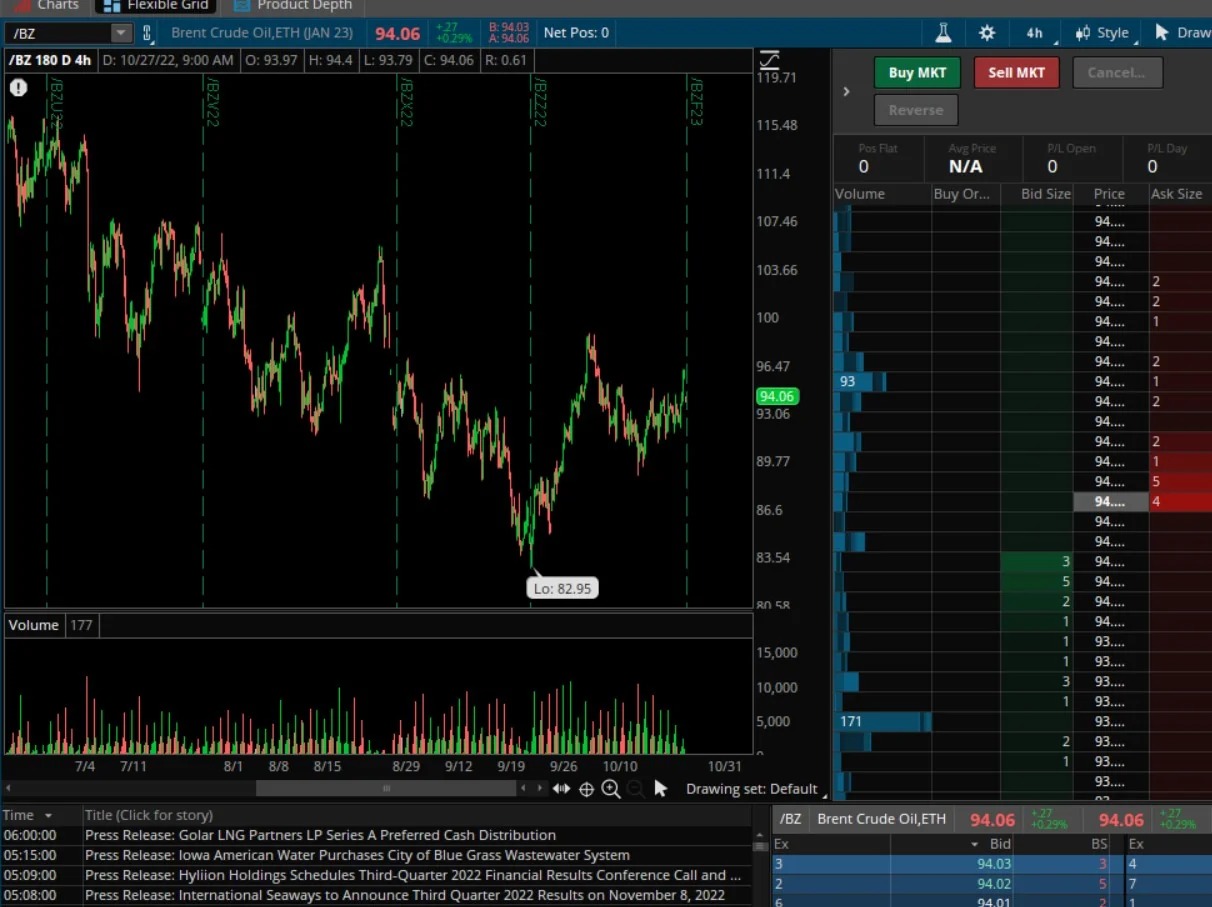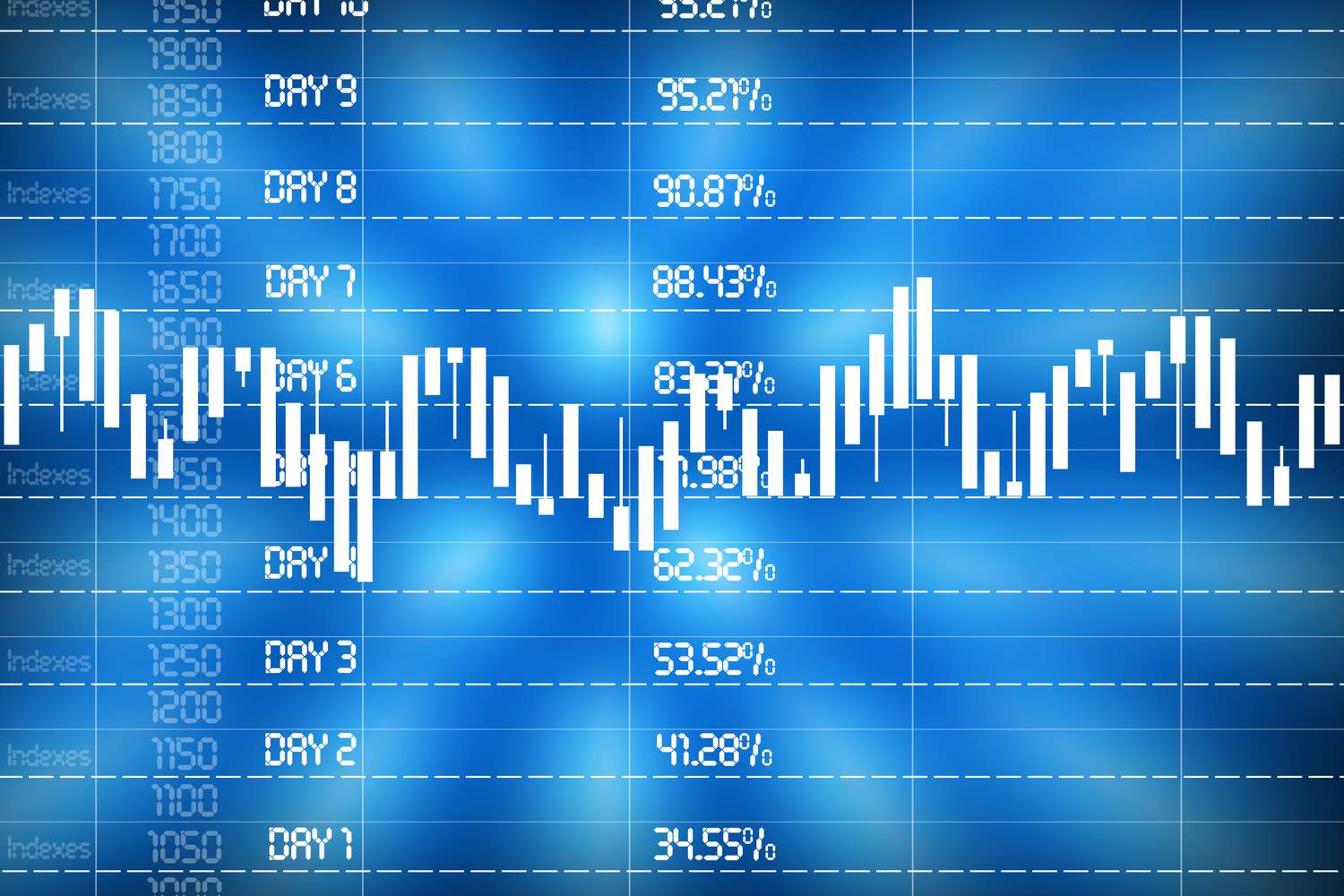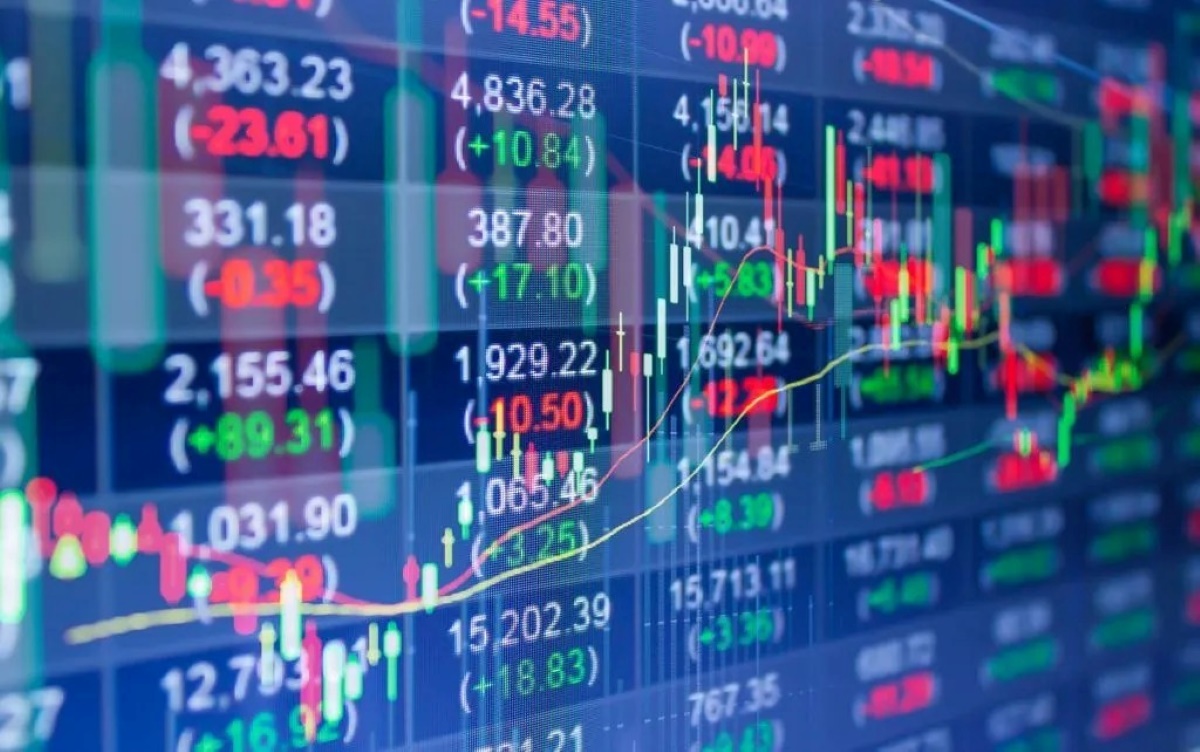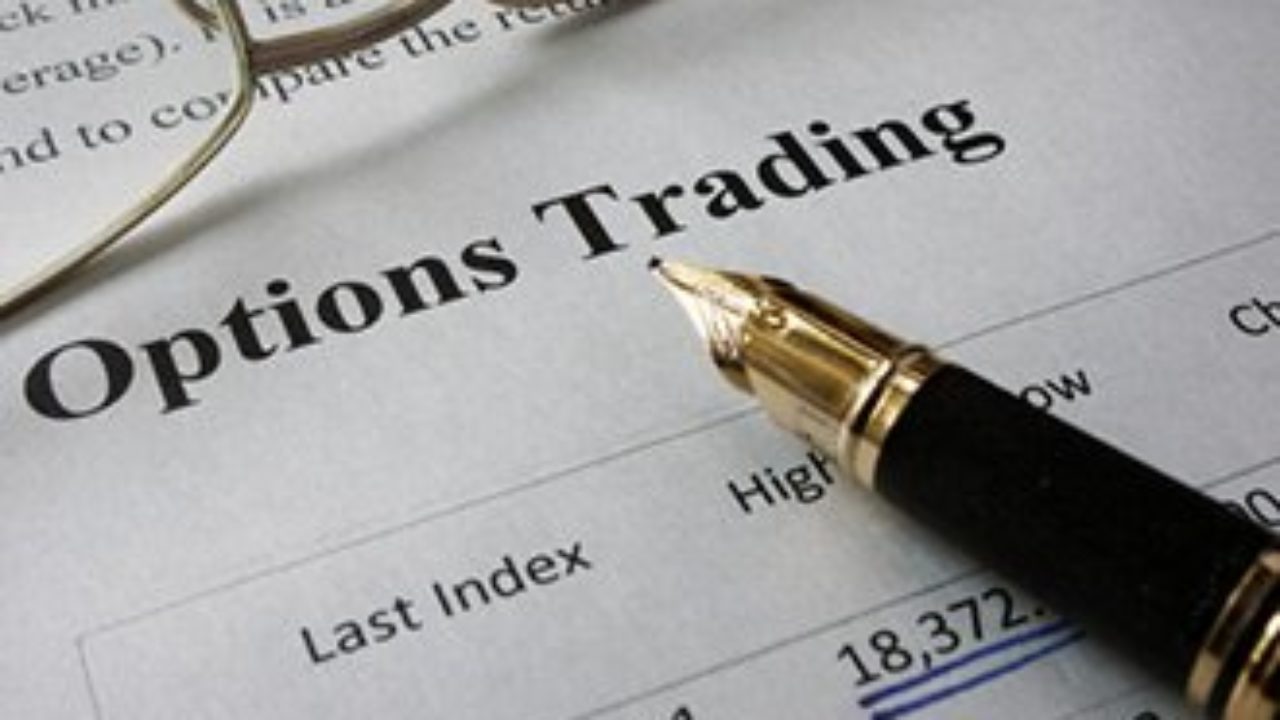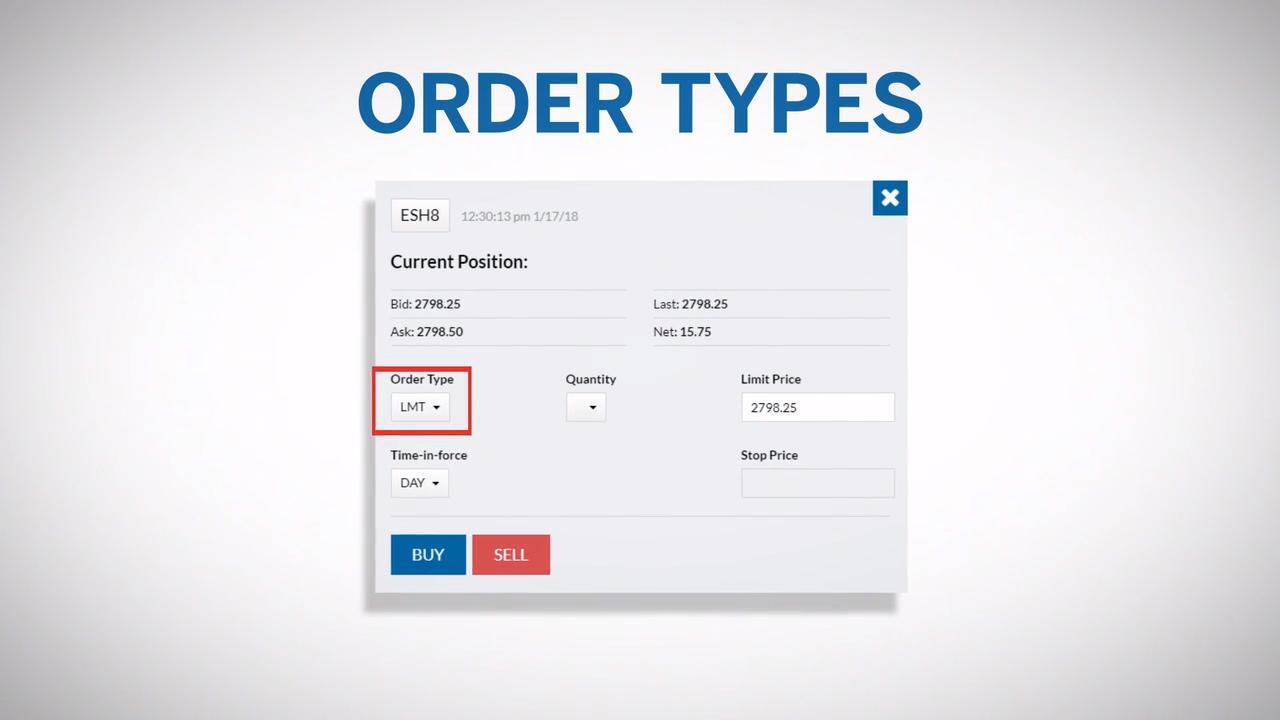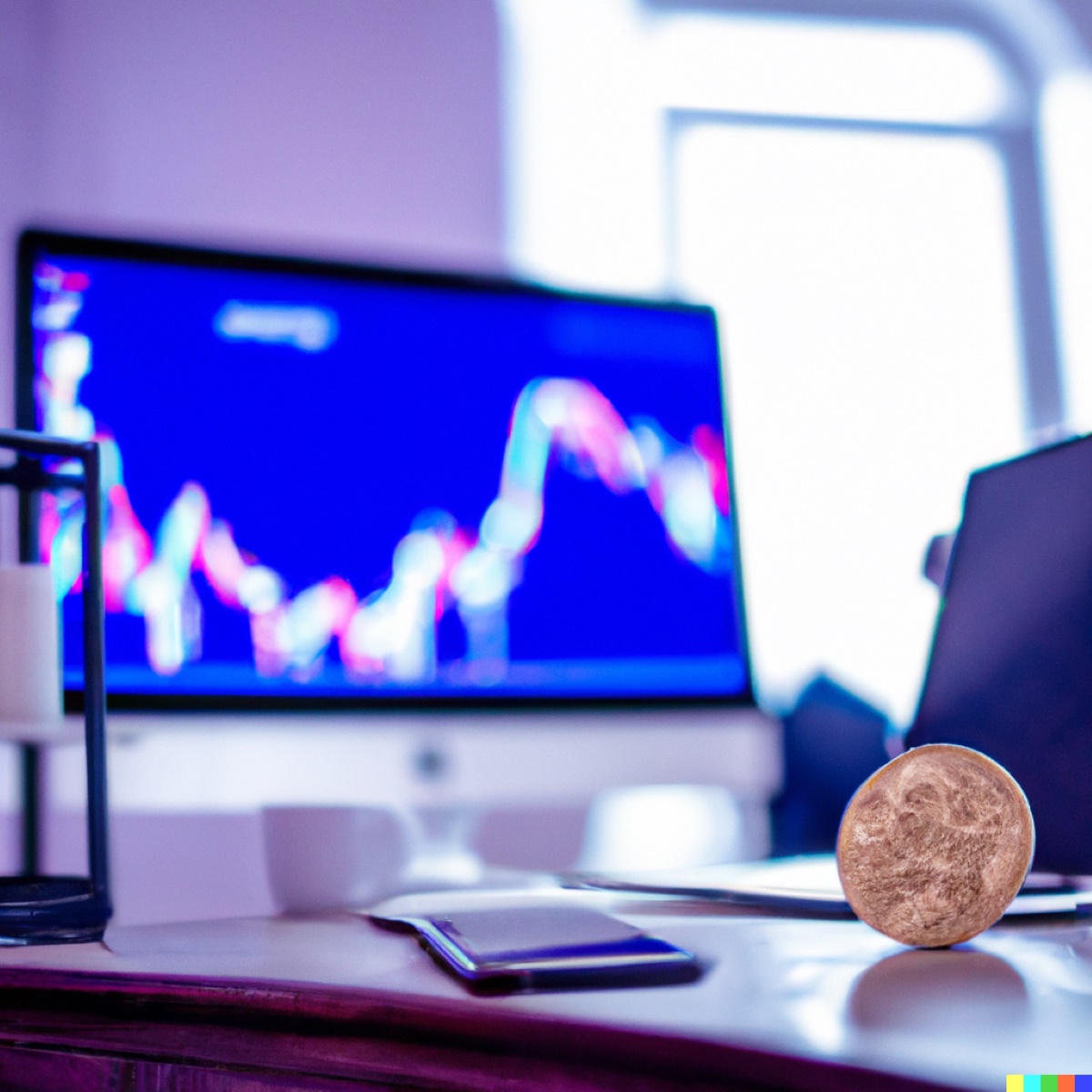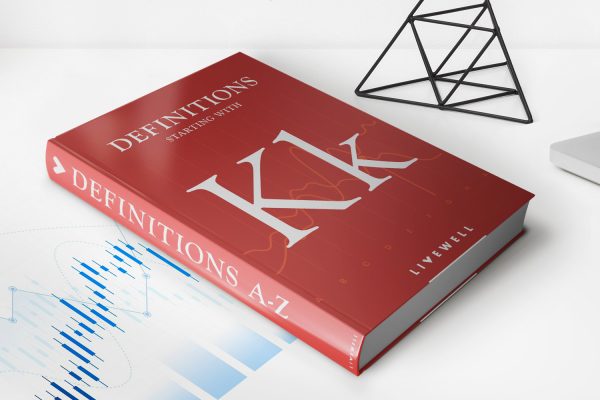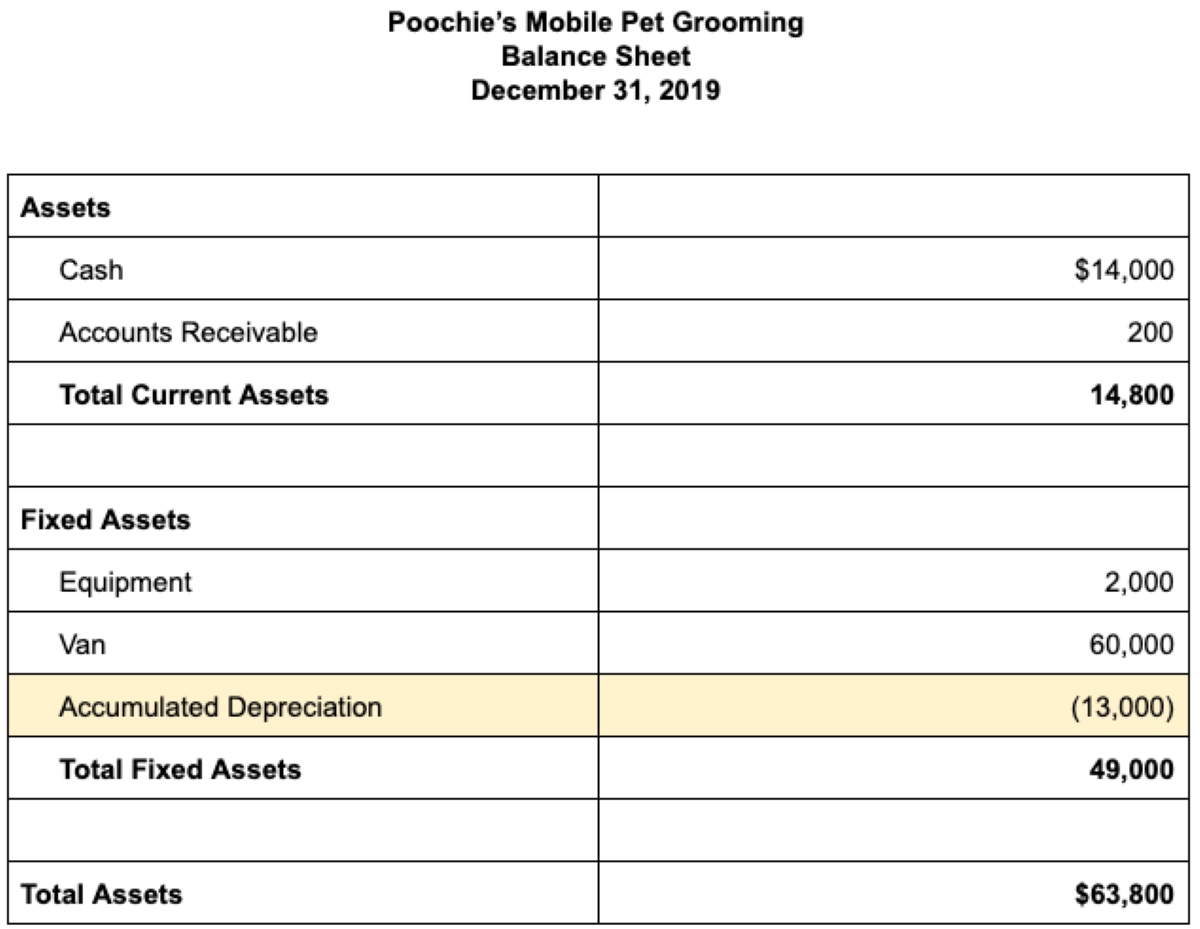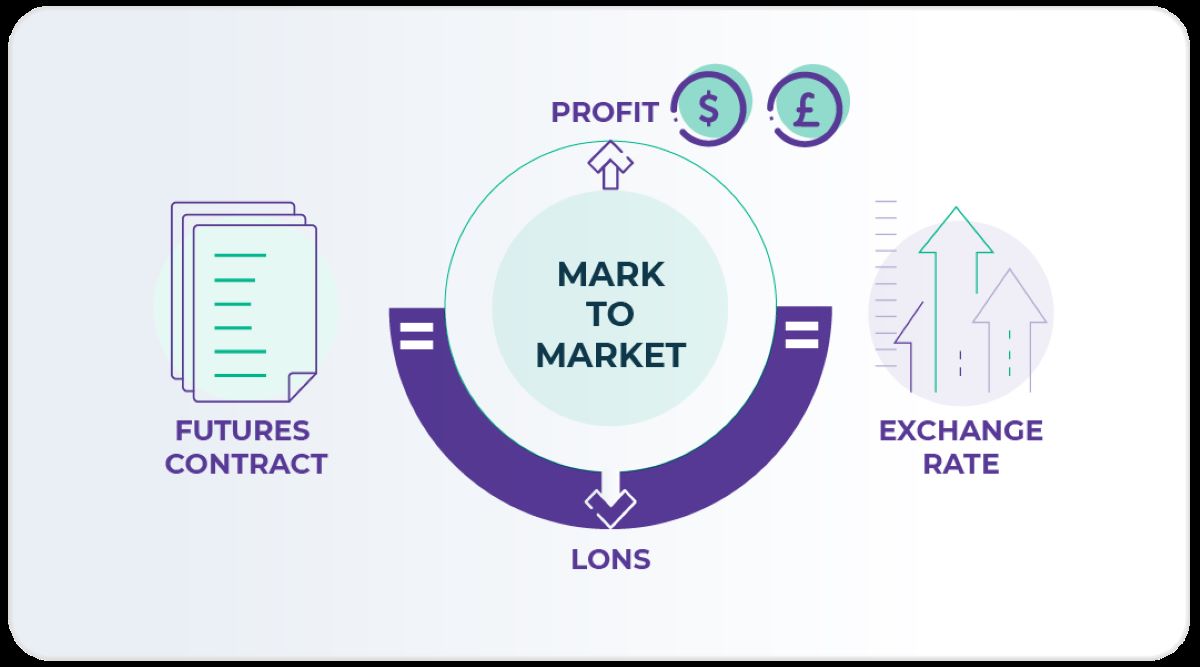

Finance
When Are Futures Contracts Marked To Market
Published: December 24, 2023
Learn about futures contracts and their mark-to-market process in finance. Gain insights into when and how these contracts are adjusted to reflect market prices.
(Many of the links in this article redirect to a specific reviewed product. Your purchase of these products through affiliate links helps to generate commission for LiveWell, at no extra cost. Learn more)
Table of Contents
Introduction
Futures contracts are an essential tool in the world of finance, allowing individuals and institutions to buy or sell a specified asset at a predetermined price and date in the future. These contracts are widely used in various industries, including commodities, currencies, and financial instruments. Understanding the mechanics of futures contracts is crucial for anyone involved in trading or investing.
One important aspect of futures contracts is the concept of marking to market. Marking to market is a fundamental process that involves adjusting the value of a futures contract on a daily basis to reflect changes in the underlying asset’s price. This adjustment ensures that the buyer and seller are in a fair position as the market fluctuates.
In this article, we will examine what it means to mark futures contracts to market, how it is done, and why it is important. We will explore the timing of marking to market, the benefits it provides, as well as the risks and challenges associated with this practice. Additionally, we will provide examples to illustrate the concept in a practical context.
By the end of this article, you will have a solid understanding of the marking to market process, which is vital for navigating the world of futures contracts and effectively managing risk in financial markets.
Definition of Futures Contracts
Futures contracts are a type of financial derivative that obligates the buyer to purchase an underlying asset or the seller to sell an underlying asset at a predetermined price and date in the future. These contracts are standardized and traded on exchanges, providing market participants with a way to hedge against price fluctuations, speculate on future price movements, or engage in arbitrage opportunities.
Unlike options contracts, which give the buyer the right but not the obligation to buy or sell the underlying asset, futures contracts are binding agreements that both parties must fulfill. The underlying asset can vary widely, including commodities like oil or wheat, financial instruments like stock indices or currencies, or even intangible assets like interest rates.
Typically, futures contracts have a standard size, delivery date, and quality specifications for the underlying asset. This standardization ensures liquidity and facilitates the ease of trading on the exchange. The price at which the contract is entered into is known as the futures price, and it represents the expected price of the underlying asset at the contract’s expiration.
Market participants in futures contracts fall into two categories: hedgers and speculators. Hedgers are individuals or companies who have exposure to the underlying asset and use futures contracts to mitigate the risk of adverse price movements. For example, a farmer may use a futures contract to lock in the price of their wheat harvest, protecting themselves from a potential decline in prices.
On the other hand, speculators in futures contracts aim to profit from anticipated price movements. They do not have a direct exposure to the underlying asset but instead take positions based on their analysis of future market trends. Speculators can amplify their potential gains or losses by using leverage, as futures contracts allow them to control a larger value of the underlying asset with a smaller amount of capital.
In summary, futures contracts are binding agreements to buy or sell an underlying asset at a predetermined price and date in the future. They are standardized and traded on exchanges, providing opportunities for hedging or speculation. Understanding the mechanics of futures contracts is crucial for anyone involved in trading or investing.
Marking to Market Explained
Marking to market is a process used in the futures market to determine the daily value of a futures contract based on the current market price of the underlying asset. Each day, the contract is adjusted to reflect its current market value, ensuring that both the buyer and seller are held accountable for any gains or losses.
When a futures contract is marked to market, the difference between the contract’s original price and the current market price is settled. If the market price has increased since the contract’s inception, the buyer will receive a credit in their account, while the seller will incur a loss. Conversely, if the market price has decreased, the buyer will face a loss, and the seller will receive a credit.
This daily settlement process is crucial for maintaining fair and transparent trading in the futures market. By adjusting the value of the contract to reflect the current market conditions, market participants can accurately assess their positions and manage their risk. It provides an opportunity to realize gains or losses on a daily basis, rather than waiting until the contract’s expiration.
The marking to market process also ensures that the buyer and seller have the necessary funds or collateral to cover their potential losses. If a participant’s account balance falls below the required margin level due to a loss in the futures contract, they may be required to make additional margin payments to bring it back in line with the exchange’s requirements.
Furthermore, marking to market promotes liquidity in the futures market. By settling gains or losses daily, participants have the flexibility to exit their positions, reducing the risk of default. This active daily settlement also allows for price discovery, as it reflects the most up-to-date market conditions, which can serve as a reference for other market participants.
It is important to note that the marking to market process does not necessarily mean that physical delivery of the underlying asset will occur at the contract’s expiration. In many cases, futures contracts are closed out prior to expiration through an offsetting transaction, where the buyer and seller enter into an equal and opposite position to nullify their obligations.
In summary, marking to market is the process of adjusting the value of a futures contract on a daily basis to reflect the current market price of the underlying asset. It ensures fairness, transparency, and liquidity in the futures market, allowing participants to manage their risk effectively and realize gains or losses on a daily basis.
Timing of Marking to Market
The timing of marking to market in the futures market is a crucial aspect of the trading process. It involves determining when and how often the value of a futures contract is adjusted to reflect changes in the market price of the underlying asset. The frequency of marking to market can vary depending on the exchange and the specific contract being traded.
In most cases, marking to market occurs on a daily basis, typically at the end of each trading day. At this time, the exchange calculates the contract’s value based on the closing price of the underlying asset. The difference between the contract’s original price and the closing price is then settled, and the account balances of the buyer and seller are adjusted accordingly.
This daily marking to market process serves several purposes. Firstly, it allows market participants to stay up to date with the current value of their positions and assess their financial exposure. By adjusting the contract’s value daily, traders have a clear picture of their unrealized gains or losses, enabling them to make informed decisions regarding their trading strategies.
Secondly, the daily marking to market ensures that market participants have sufficient funds or collateral to cover potential losses. If a participant’s account balance falls below the required margin level due to a loss in the futures contract, they may be subject to margin calls, requiring them to deposit additional funds into their account to maintain their position.
It is worth noting that some exchanges and contracts may have different timing for marking to market. For certain contracts, such as those with longer durations or less liquid underlying assets, marking to market may occur less frequently, such as on a weekly or monthly basis. These variations in timing are designed to accommodate the specific characteristics of the contract and ensure efficient and fair market operations.
Overall, the regular marking to market process, typically performed on a daily basis, plays a vital role in maintaining transparency, fairness, and liquidity in the futures market. It allows participants to stay updated with the current value of their positions, manage their risk effectively, and ensure the necessary funds or collateral are available to cover potential losses.
Benefits of Marking to Market
The process of marking to market in futures contracts offers several benefits to market participants. By adjusting the value of the contract on a daily basis to reflect the current market price of the underlying asset, marking to market provides transparency, risk management, and liquidity in the futures market.
One of the key benefits of marking to market is its ability to provide transparency. By valuing the futures contract based on the current market price, market participants have a clear and accurate understanding of the value of their positions. This transparency allows them to make informed decisions about their trading strategies, assess their financial exposure, and react promptly to changes in the market.
Furthermore, marking to market plays a crucial role in risk management. By settling gains or losses on a daily basis, participants can effectively manage and control their risk. Marking to market provides an opportunity to realize profits or losses on a regular basis, rather than waiting until the contract’s expiration. This allows traders to continuously monitor their performance and take necessary actions to mitigate potential losses or maximize profits.
In addition, marking to market also promotes liquidity in the futures market. By settling gains or losses daily, it provides an active market for participants to exit their positions if needed. This liquidity ensures that market participants can easily enter or exit positions without significant price impact, reducing the risk of default and enhancing market efficiency.
Another benefit of marking to market is its role in price discovery. By reflecting the most up-to-date market conditions, the daily valuation of futures contracts contributes to the overall price discovery process. This information can be used as a reference point for other market participants, helping them to gauge the fair value of the underlying asset and make more informed trading decisions.
Marking to market also ensures that proper margin requirements are enforced. Through the daily settlement process, participants who experience losses are required to maintain sufficient funds or collateral in their trading accounts. This helps to minimize the counterparty risk and ensures that market participants have the financial means to cover their potential losses.
In summary, marking to market in futures contracts offers several benefits, including transparency, risk management, liquidity, price discovery, and enforcing margin requirements. By adjusting the value of the contract on a daily basis, market participants can have a clear understanding of the value of their positions, manage their risk effectively, and navigate the futures market with confidence.
Risks and Challenges of Marking to Market
While marking to market provides important benefits to market participants, it is not without its risks and challenges. Understanding and managing these risks is essential for successful trading in the futures market.
One of the risks of marking to market is the potential for increased volatility and market fluctuations. Daily adjustments to the value of the futures contract based on the current market price of the underlying asset can result in increased price volatility. This volatility can lead to significant swings in the value of the contract, potentially resulting in substantial gains or losses for traders.
Another challenge of marking to market is the possibility of margin calls. If the market moves against a participant’s position, their account balance may fall below the required margin level. In such cases, they may be required to deposit additional funds into their trading account to meet margin requirements. Failure to meet these obligations may result in forced liquidation of their position, potentially locking in losses.
Furthermore, marking to market can be psychologically challenging for traders. The daily settlement process can create emotional pressure, as gains and losses are realized daily. This can lead to impulsive decision-making, such as panic selling or chasing short-term trends. Traders must be disciplined in managing their emotions and adhering to their trading strategies to avoid making irrational decisions.
Another risk is the potential for price manipulation or extraordinary market events. In some cases, illiquid markets or manipulative actions by market participants can result in distorted prices, impacting the marking to market process. Extraordinary events, such as sudden market shocks or extreme market conditions, can also affect the accurate valuation of futures contracts and introduce additional risk.
Additionally, timing differences between reconciling the value of the futures contract and the actual delivery or expiration of the contract can pose challenges. If the futures contract is closed out before expiration, the actual profits or losses may differ from the marked-to-market gains or losses. Traders must carefully manage their positions to account for these timing differences and ensure they are prepared for settlement or delivery as per the contract terms.
Overall, while marking to market offers advantages such as transparency and risk management, it is important to acknowledge and manage the risks involved. Traders should be aware of potential price volatility, margin calls, psychological pressures, and the impact of extraordinary events on the accurate valuation of futures contracts. By understanding and mitigating these risks, market participants can navigate the challenges and maximize the benefits of marking to market.
Examples of Marking to Market
To better understand the concept of marking to market, let’s consider a couple of examples:
-
Example 1: Commodity Futures Contract
Suppose a trader purchases a futures contract for crude oil with a delivery date one month from now. The contract is initially priced at $50 per barrel. Over the course of several days, as the market price of crude oil fluctuates, the value of the futures contract is adjusted accordingly through marking to market.
If the market price of crude oil rises to $55 per barrel, the futures contract would be marked to market, and the trader would receive a credit in their account for the $5 per barrel increase. Conversely, if the market price drops to $48 per barrel, the trader would face a loss, and the account would be debited by $2 per barrel.
This daily marking to market process allows the trader to realize gains or losses based on the fluctuating market price of crude oil, providing transparency and the ability to manage risk effectively.
-
Example 2: Stock Index Futures Contract
Consider a scenario where a hedge fund manager trades futures contracts on a stock index such as the S&P 500. Each contract represents a specific value of the index.
If the value of the stock index rises over the course of a day, the futures contract would be marked to market, and the fund manager’s account would be credited with the profit. Conversely, if the value of the index declines, marking to market would result in a loss, and the account would be debited accordingly.
By marking to market on a daily basis, the fund manager can monitor their gains or losses in real-time, adjust their strategies, and manage risk accordingly.
These examples demonstrate how marking to market ensures that the value of futures contracts keeps pace with the changing market conditions. By adjusting the contract’s value daily, market participants can actively manage their positions, realize gains or losses, and effectively navigate the futures market.
Conclusion
Marking to market is a critical process in the world of futures contracts. It involves adjusting the value of a contract on a daily basis to reflect the current market price of the underlying asset. This daily settlement ensures transparency, risk management, and liquidity in the futures market.
By marking to market, market participants have a clear understanding of the value of their positions and can react promptly to changes in the market. It allows them to manage their risk effectively, make informed trading decisions, and adjust their strategies based on real-time information.
The process of marking to market also promotes liquidity in the futures market, enabling participants to enter or exit positions without significant price impact. It facilitates price discovery and helps enforce proper margin requirements to mitigate counterparty risk.
While marking to market offers numerous benefits, it is not without its challenges. Traders must be aware of potential price volatility, margin calls, psychological pressures, and the impact of extraordinary market events. Successful traders understand and manage these risks to navigate the futures market with confidence.
In conclusion, marking to market is a fundamental process that enhances transparency, risk management, and liquidity in the futures market. It provides market participants with a real-time valuation of their positions, allowing them to make informed trading decisions and manage their risk effectively. By understanding the concept and its associated risks, traders can leverage the benefits of marking to market and navigate the complex world of futures contracts successfully.
